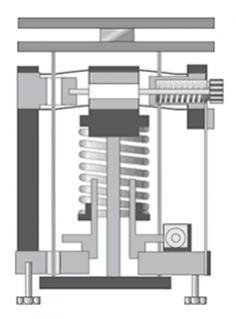You know it's funny, I am driving home now in my Tahoe, which I don't consider to be very loud, and using the same decibel meter on my iPhone going 70 miles an hour my Tahoe registers the same 88 to 90 dB.
Something about that generator noise just bothers me I guess. It's a much deeper noise than a normal road noise in the car.
We both have sports cars and, especially with the top down, they're loud. Maybe next car will be a Tesla.







